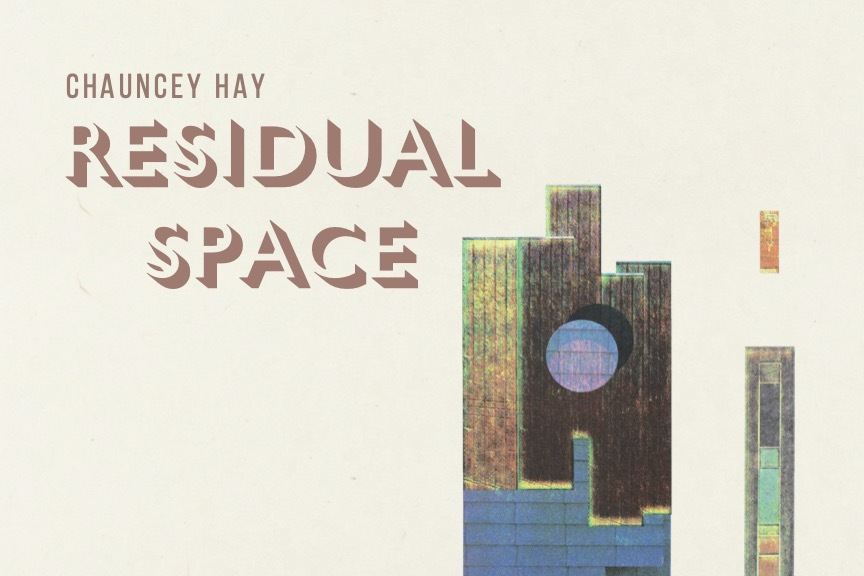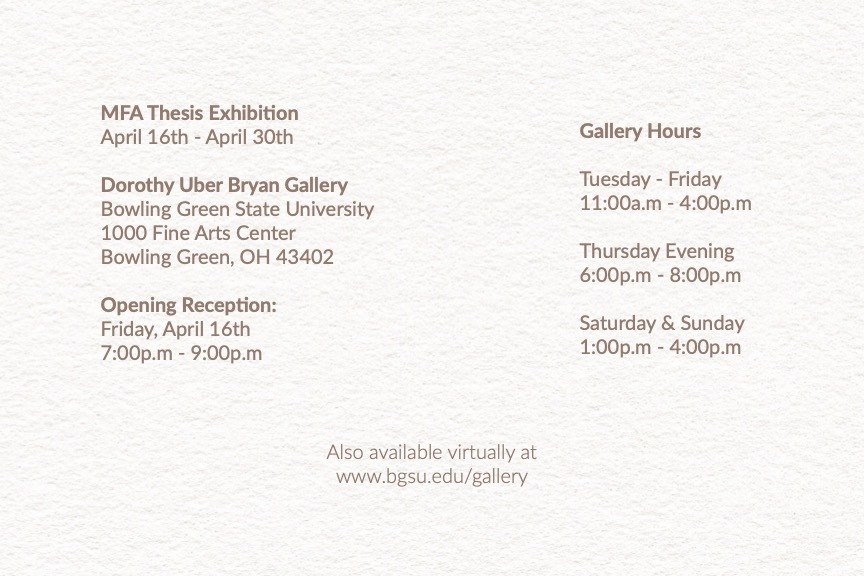Chauncey Hay

Chauncey Hay
Residual Space


Artwork
Artist's Statement
My artwork investigates the influence of algorithmically cataloged photos on our interpretation of memories and space. I have been reflecting on my growing dependence on digital storage services, specifically Google Photos, and how I am reintroduced to “memories” through a wall of thumbnails when opening my phone. My Google Photos library consists of thousands of images and videos that describe places and situations I have experienced with family and friends, all of which become less distinguished as more photos are added to the library. When the application is opened, images are presented as an arrangement of uniform squares that create an overwhelming distortion of time, compressing events and fragmenting once relatable visual information. In this format, images subvert their intended, more personal, contexts in favor of objective metadata characteristics.
When building my prints, each is encased in a vacant environment and adopts the identity of a “homeless image;” this identity subverts a true sense of place and definition while asking the viewer to question what the image is or how it exists in space. Beginning as digital collages, the objects and environmental characteristics are dislocated from their initial images and repurposed into unusual artifacts that no longer bear resemblance to their origin. The digital is then translated to the analog through various printmaking processes, allowing the artwork to take the form of illusionary, dream-like constructions. These constructions provide a familiarity that references representational space while questioning the authenticity of the source imagery.
Reproducing the digital collage as a printed image calls attention to the physicality of the artwork, inviting the viewer to investigate the surface, parts, and context created by each print. When displayed in series, the prints converse with each other through shared imagery and scale disparity; this repetition plays with ideas of memory, enticing the viewer to find connections between the pieces. The larger prints accentuate dystopian spaces that describe softly chaotic environments while the smaller works focus on image resolution and digital pixelation. When installed in a gridded format, the installation of prints is representative of the metadata-based compositions found in digital resources, such as Google Photos, and allows the viewer to subjectively interpret spaces and situations removed from their original context.


Updated: 04/26/2021 01:12PM























































































